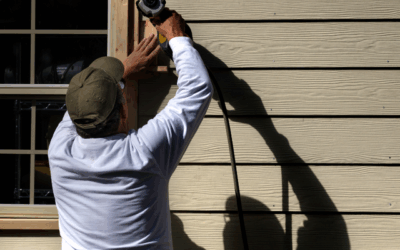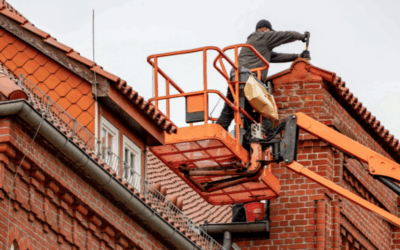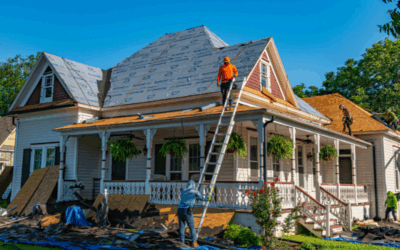Your home’s siding is its first line of defense against the elements—and the first thing guests notice when they pull up the driveway. While high-quality siding can last decades, wear and tear eventually take their toll. Catching replacement warning signs early saves you money, protects your home from damage, and keeps your curb appeal at its peak. Here are five red flags that it’s time for new siding.
1. Visible Cracks, Warps, or Rot
Inspect your siding at eye level and from the ground with binoculars. Are panels cracked, warped, or showing gaps where they once fit snugly? In wood siding, look for soft spots or blisters—sure signs of moisture intrusion and rot. Even small exteriors splits let water behind the sheathing, fostering mold growth and structural decay. When you spot these issues across multiple panels, replacing the entire run often costs less in labor than piecemeal repairs.
2. Fading, Chalkiness, or Paint Peeling
Vinyl and fiber-cement siding can fade over time, but chalky residue (when you rub the surface and see white powder on your hand) indicates UV breakdown of the finish. Painted wood or fiber-cement might develop peeling, blistering, or extensive cracking. Cosmetic problems can signal deeper issues: chalking often precedes surface erosion, while peeling paint may hide moisture behind. If your home looks dull or worn despite a recent paint job, consider fresh siding that resists color loss.
3. Moisture Damage & Mold Growth
Check your soffits, eaves, and ground-level siding for green or black streaks of mold and mildew. While some algae on north-facing walls is normal, heavy growth means moisture trapping—often due to poor flashing or aged materials. In worse cases, you may notice wood rot or soft cedar shakes. Left unchecked, this moisture can infiltrate your insulation and framing, leading to costly interior repairs. New siding with proper water-management systems (integrated rainscreens, u-channels) keeps your walls dry.
4. High Energy Bills & Drafts
Old or poorly insulated siding lets conditioned air escape and outdoor air infiltrate. If your heating and cooling bills have climbed year after year, or you feel drafts along exterior walls, your siding could be the culprit. Modern insulated siding adds R-values up to 2.0 or more, sealing air leaks and reducing thermal bridging. Upgrading can slash energy costs by 10–20%, paying for itself over the siding’s lifetime.
5. Insect Infestation
Termites, carpenter ants, and other pests love tunneling into wood siding and underlying sheathing. Look for mud tubes, sawdust piles, or small exit holes around siding seams. Even vinyl siding hides termite damage beneath its surface. When you spot repeated pest problems despite treatments, the best defense is new, insect-resistant materials like fiber-cement or PVC-backed vinyl. These materials block entry points and don’t provide a food source.
Why Waiting Can Cost You More
Postponing siding replacement often means leaks lead to rotten sheathing, mold remediation, and structural reinforcement. Emergency repairs can cost two to three times more than a planned replacement. Plus, faded or damaged siding drags down your home’s resale value—real estate pros say exterior condition can influence up to 80% of curb-appeal perceptions.
Choosing the Right Time
Siding projects suit spring, summer, or early fall—when temperatures stay above 45 °F for proper sealant curing. Avoid winter when cold weather can hamper adhesive performance and risk moisture trapped behind newly installed panels. Plan ahead: reputable contractors book weeks in advance, especially in peak seasons.
Next Steps
-
Get a Professional Inspection: Licensed siding installers offer free walk-around assessments and detailed quotes.
-
Compare Material Options: Vinyl, fiber-cement, engineered wood—each has pros, cons, and price points.
-
Review Warranties: Look for fade-resistant finishes and manufacturer guarantees.
-
Financing & Incentives: Check for utility rebates on energy-efficient products or special financing plans.
Conclusion
Don’t let worn-out siding undermine your home’s protection, efficiency, and beauty. By recognizing these five warning signs—visible damage, fading, moisture, energy waste, and pests—you can schedule a timely replacement that safeguards your investment. Contact a local siding specialist today to explore your options and restore your home’s exterior to its former glory.



